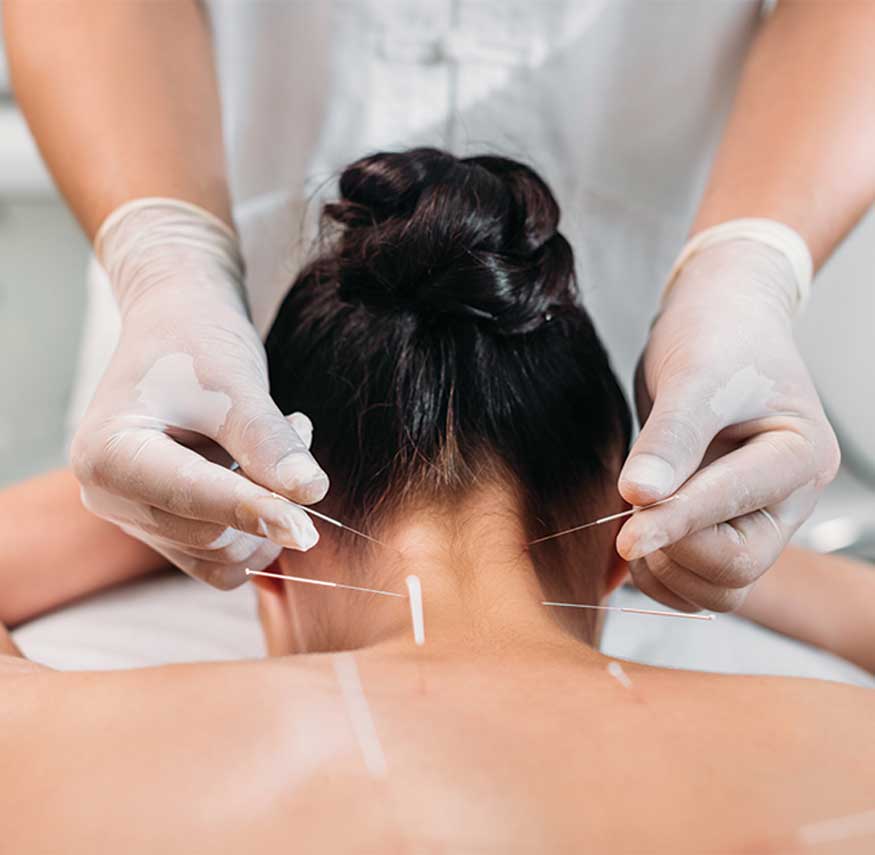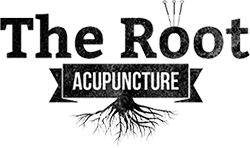Acupuncture for Circulation

The intricate network of blood vessels that course through our bodies, known as the circulatory system, plays a pivotal role in maintaining our health and vitality. While modern medicine offers various strategies to promote cardiovascular well-being, an ancient practice has emerged as a captivating avenue for supporting this essential system. Acupuncture, an integral component of traditional Chinese medicine, is garnering attention for its potential to enhance circulation and foster overall cardiovascular health. By strategically inserting fine needles at specific points on the body, acupuncturists aim to stimulate the body’s energy flow and address imbalances that may hinder optimal blood circulation.
Blood Circulation Overview
Blood circulation plays a crucial role in maintaining homeostasis and delivering oxygen, nutrients, and hormones to various tissues and organs throughout the body. The circulatory system consists of the heart, blood vessels, and blood.
Oxygenated blood is pumped by the heart into arteries, which carry it to different parts of the body. Arteries then branch into smaller vessels called arterioles, which further divide into microscopic capillaries. Capillaries facilitate the exchange of oxygen and nutrients with surrounding tissues.
Deoxygenated blood returns through veins to the heart for reoxygenation. This continuous cycle ensures that all cells receive the necessary substances for proper functioning while waste products are removed. The circulatory system also helps regulate body temperature and pH levels.
Understanding the intricate mechanisms of blood circulation is crucial for evaluating how acupuncture may influence this process.
Causes of Poor Circulation
Impairment in the flow of oxygen and nutrients throughout the body can be attributed to various factors, such as narrowed blood vessels or underlying medical conditions. It is crucial to understand the causes of poor circulation in order to effectively address this issue.
Here are three common factors that contribute to impaired circulation:

Symptoms of Poor Circulation
The symptoms associated with poor circulation can manifest in various ways, indicating potential underlying health issues. Common symptoms include cold hands and feet, numbness or tingling in the extremities, muscle cramps, swelling in the legs or ankles, and slow wound healing. These symptoms are a result of reduced blood flow to certain areas of the body.
Poor circulation can be caused by several factors such as obesity, diabetes, smoking, high cholesterol levels, and a sedentary lifestyle. It can also be a symptom of more serious conditions like peripheral artery disease or deep vein thrombosis.
Proper diagnosis and treatment are essential to prevent complications and improve overall health. Acupuncture is one alternative therapy that has shown promising results in improving circulation by stimulating blood flow and promoting relaxation. However, further research is needed to fully understand its effectiveness in treating circulatory problems.
Acupuncture and Blood Circulation
One alternative therapy that has shown promising results in improving blood flow and promoting relaxation is acupuncture, although further research is needed to fully understand its effectiveness in treating circulatory problems.
Acupuncture involves the insertion of thin needles into specific points on the body, stimulating nerves, muscles, and connective tissues. This stimulation is believed to activate the release of endorphins and other chemicals that help reduce pain and inflammation while increasing blood circulation.
Some potential benefits of acupuncture for circulatory issues include:
While these findings are encouraging, more rigorous scientific investigations are necessary before definitive conclusions can be drawn about the role of acupuncture in improving blood circulation.
Acupuncture for Retrobulbar Circulation in OAG Patients
An examination of the effects of acupuncture on retrobulbar circulation in patients with open-angle glaucoma (OAG) can provide valuable insights into its potential as a therapeutic intervention for improving blood flow to the posterior segment of the eye.
Retrobulbar circulation refers to the blood flow in the area behind the eyeball, which is crucial for maintaining proper ocular health.
OAG is a common form of glaucoma characterized by increased intraocular pressure and impaired blood flow to the optic nerve head.
Acupuncture has been suggested as a potential treatment option for enhancing retrobulbar circulation in OAG patients, although further research is needed to understand its mechanisms and efficacy fully.
Preliminary studies have shown promising results, indicating that acupuncture may improve blood perfusion and reduce intraocular pressure in OAG patients.
However, more rigorous clinical trials are required to establish acupuncture’s role as an effective therapy for enhancing retrobulbar circulation in individuals with OAG.
Acupuncture has been shown to have positive effects on blood circulation in various parts of the body, including the upper limbs, eyes, and retrobulbar region. By stimulating specific acupoints, acupuncture can improve blood flow and alleviate symptoms associated with poor circulation.
This alternative therapy provides a non-invasive and potentially effective option for individuals suffering from circulatory issues.
